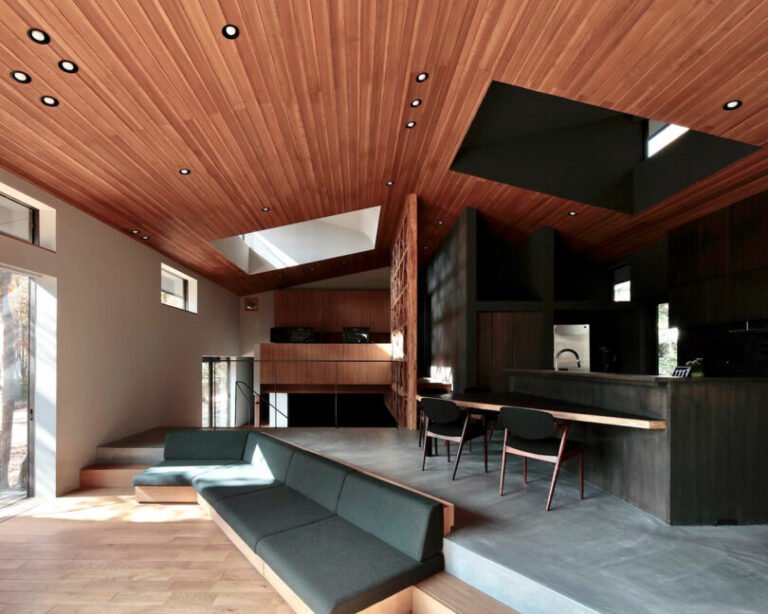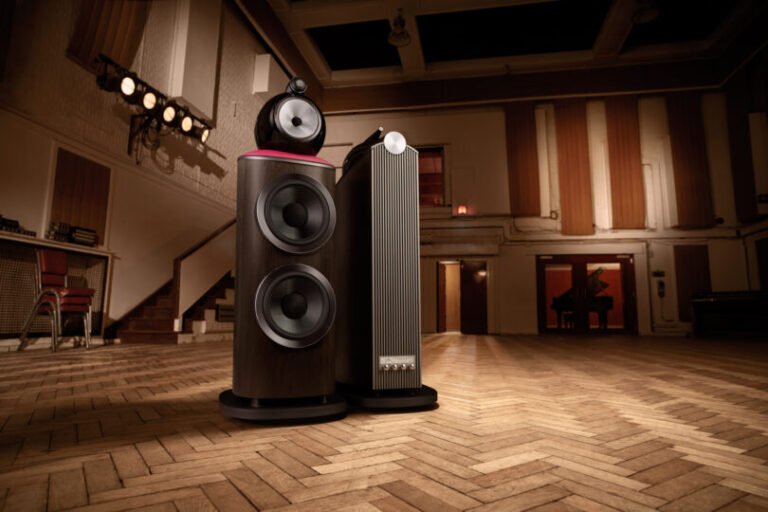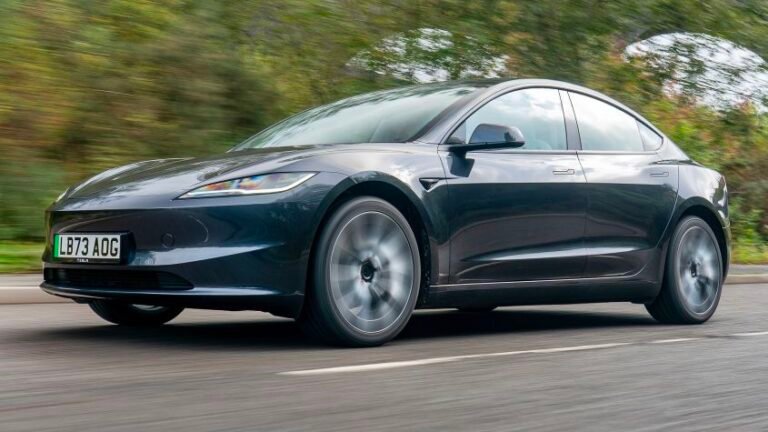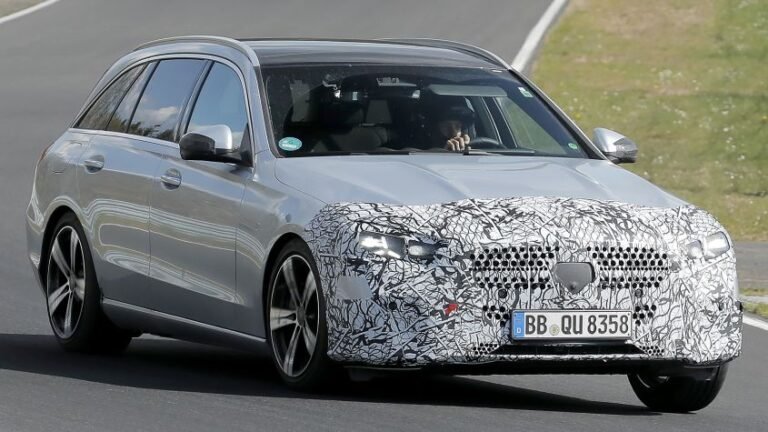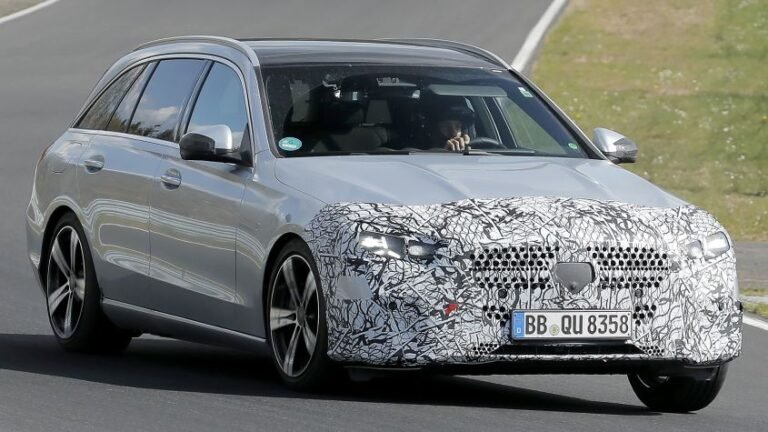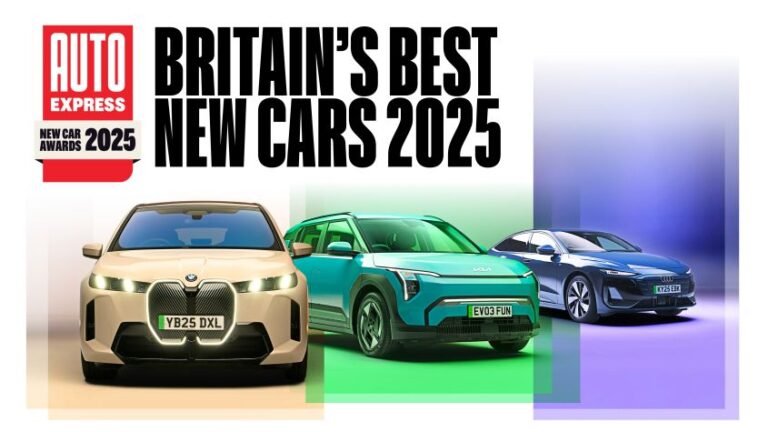

As Tripadvisor expands into a new era of AI-enabled planning and direct booking, Koto has crafted a fresh identity rooted in authentic, community-driven travel stories, proving the power of real voices in a world of polished, influencer-led feeds.
For millions of travellers, Tripadvisor has long been a byword for trustworthy advice. It’s synonymous with real people, real reviews, and no glossing over the dodgy breakfasts or the wobbly pool tiles.
As the platform evolved from a review site to a full-fledged global trip planning and booking powerhouse, it needed a brand that could keep pace and turned to global creative studio Koto to redefine its identity for its next chapter.
The result is a warm, human-centred brand transformation that leans into what Tripadvisor has always done best: sharing authentic experiences, unfiltered and unapologetic.
Arthur Foliard, executive creative director at Koto, says: “As Tripadvisor is entering a new chapter of its growth, the brand had to meet that moment. That meant putting the heart of Tripadvisor – its global community of travellers – front and centre. We built the entire strategy and identity around real people: their words, their photos, their stories.”

At the core of this new identity is a focus on Tripadvisor’s most powerful asset: its enormous community of reviewers. Koto immersed itself in the ways people actually use Tripadvisor today, working closely with the company’s internal teams across brand and product.
They anchored the redesign around a simple yet potent truth: people want advice from other travellers who reflect their values and lived experiences. No generic stock images or algorithmic nonsense – just honest, relatable insight.
That principle set the tone for the entire project, driving not just the visual refresh but also Tripadvisor’s verbal identity. The voice is warmer, friendlier, and easier to connect with, flexing confidently between product and brand without losing its character.
Koto designed it to balance editorial clarity with the wisdom of its community, ensuring that the traveller’s voice never gets lost in corporate messaging. Giselle Childs, senior strategist at Koto, explains: “We wrote like a well-travelled friend: simple, warm, thoughtful, and fun in the right moments. At the same time, we had to leave room for the traveller voice to shine.”


Of course, you can’t talk about Tripadvisor without mentioning Ollie, the owl mascot that’s quietly watched over its brand for years, and he’s had a glow-up, too. Once ornamental and static, he’s now freed from his circular perch, becoming a more curious and dynamic companion whose gaze follows the traveller’s content.
“We freed Ollie from the circle and gave it more personality, more flexibility, more play,” Arthur says. “Now Ollie can peek, point, wink, and travel with you in a way it never could before.”
Tripadvisor’s signature green also received a thoughtful rethink. Originally inspired by “green means go”, it’s now warmer and more vibrant, complemented by new shades such as Trip Pine and Trip White to build depth, reassurance, and clarity.
A secondary palette, drawn directly from thousands of real traveller photographs, adds personality. Whether it’s the blush of a sunset, a splash of sea foam, or the deep blue of a city night, these hues are designed to feel personal and lived-in — a tribute to the platform’s true storytellers.
Tripadvisor’s new custom typeface, Trip Sans, takes inspiration from its iconic bubble rating system, echoing its circular forms to create a sense of cohesion and warmth. Graphic devices borrow from the world of travel ephemera – rounded corners, green dots, and postcard-like frames – to gently structure content without overwhelming it.
Crucially, photography remains the emotional heartbeat of the brand. Sourced exclusively from real user content, the imagery is unfiltered, narrative-led, and dynamic, giving people an honest sense of what they might actually experience. Koto even developed a preset suite to unify tone and texture across this rich, user-generated pool of photos, preserving a sense of place and story.
Motion adds an extra flourish, but never in a showy way. Ollie’s eyes subtly track content, interface elements glide with intent, and transitions are calm and measured. The overall impression is one of exploration and a kind of gentle, guided movement that mirrors the travel experience itself.

There’s a risk, with so many layers, from typography and motion to graphic elements and photography, that things could feel cluttered or overly designed. However, Arthur and the team kept their north star clear.
“We built the system with the traveller in mind, not the designer,” he says. That meant letting typography remain clean and editorial, allowing imagery to shine, and ensuring motion supports rather than distracts.
It’s a subtle but confident shift that made Tripadvisor’s brand feel more generous, more open, and crucially, more human. It shows that design systems don’t have to flatten or sanitise a brand’s personality, even at scale. Instead, they can amplify the quirks, stories, and wisdom of real people, which is exactly what Tripadvisor set out to champion when it first began 25 years ago.
Arthur sums it up neatly: “In a time when everything’s being optimised or AI-generated, Tripadvisor’s advantage is that it’s real. And we made sure the brand wears that proudly.”
It’s a lesson for other travel or platform brands wrestling with authenticity. You can incorporate AI tools, a slick UX, and a seamless booking flow, but if your brand voice feels robotic or disconnected, people will see right through it.
With Koto’s help, Tripadvisor has chosen to trust in the power of lived experience and to celebrate the beauty, humour, and occasional chaos of the road just as it comes. At the end of the day, the best trips are the ones you can’t fully predict, and that’s something no algorithm (no matter how clever) can ever truly replicate.
